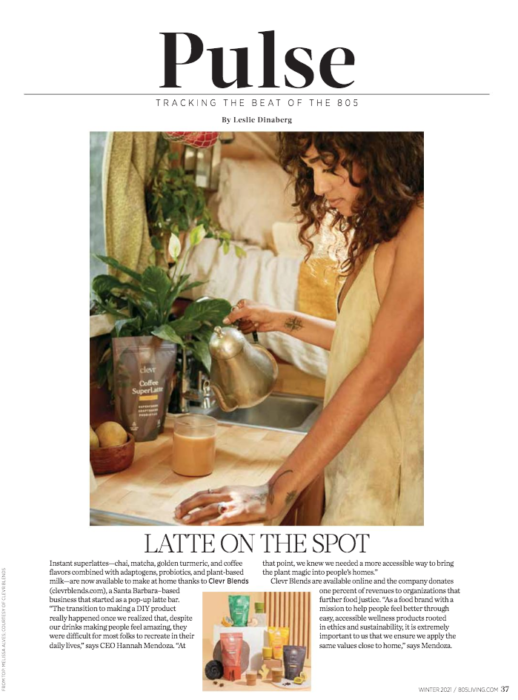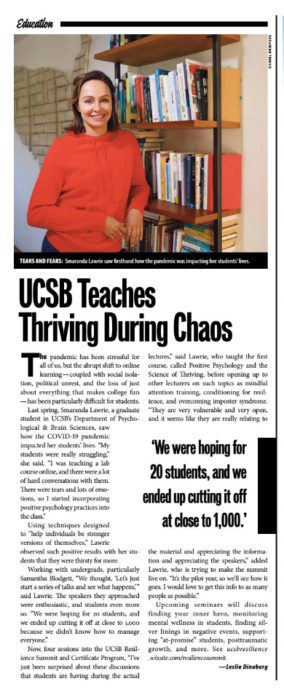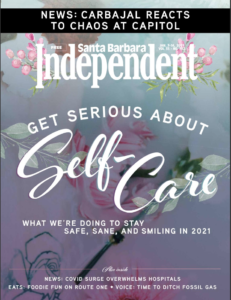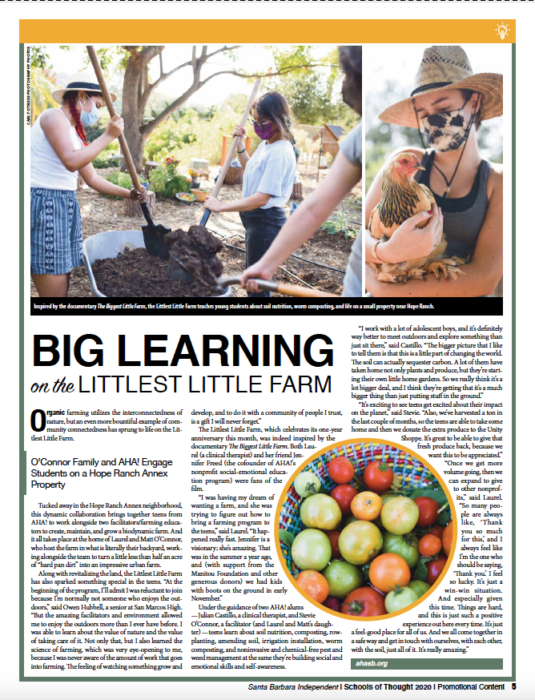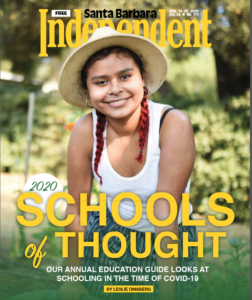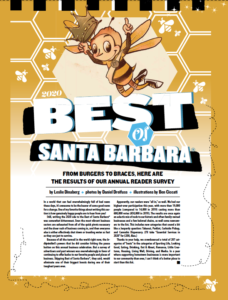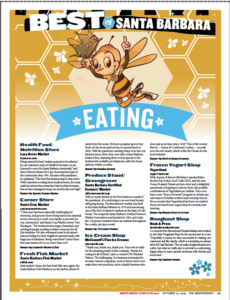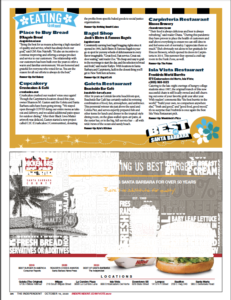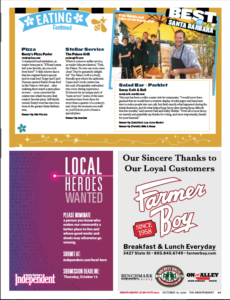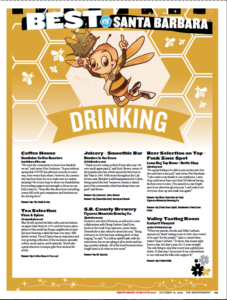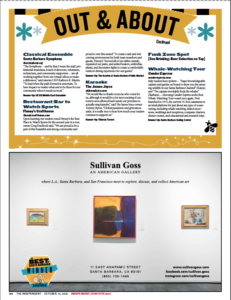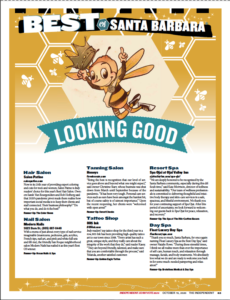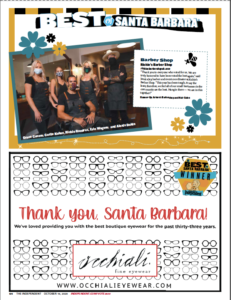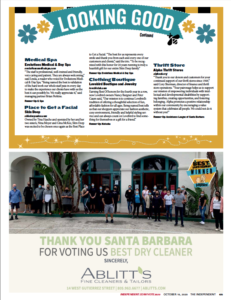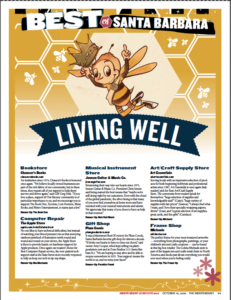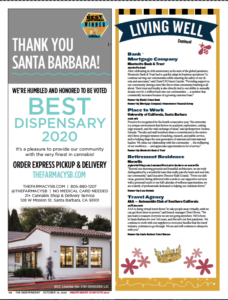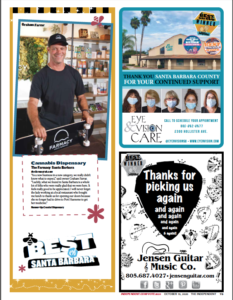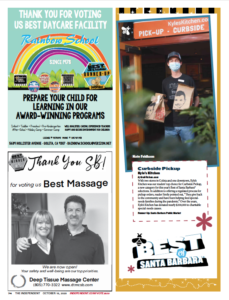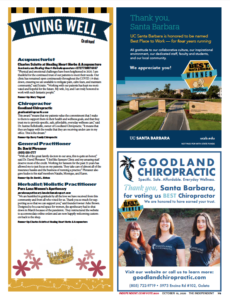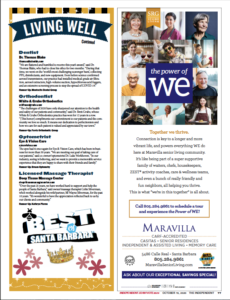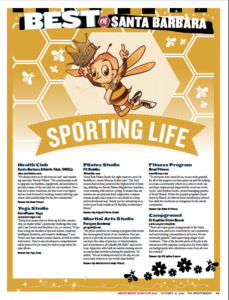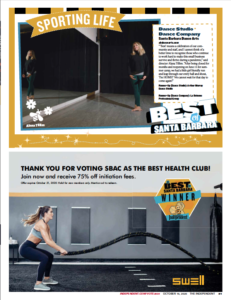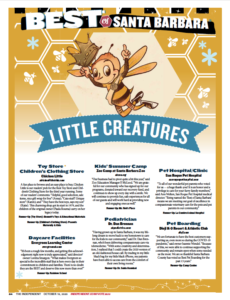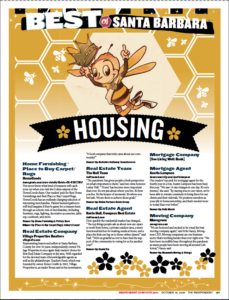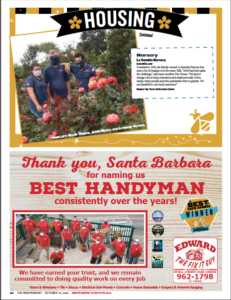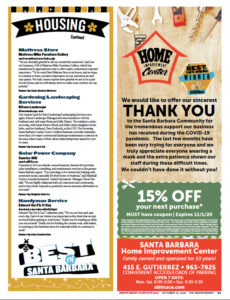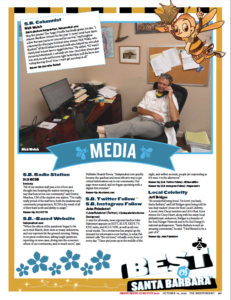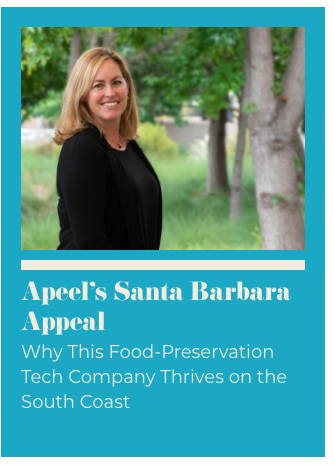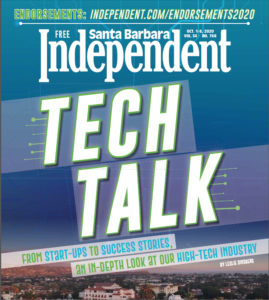 Looking good and feeling good are intimately intertwined for many people. Turner Medical Arts (turnermedicalarts.com) in Montecito is a multi-specialty practice that fits the bill with a focus on anti-aging medicine in a wide variety of specialties that are unusual to find under one roof.
Looking good and feeling good are intimately intertwined for many people. Turner Medical Arts (turnermedicalarts.com) in Montecito is a multi-specialty practice that fits the bill with a focus on anti-aging medicine in a wide variety of specialties that are unusual to find under one roof.
“Our philosophy on aging?” asked Dr. Duncan Turner, the obstetrician/gynecologist in
charge. “Honestly, it’s no fun. But we can make it easier with individualized, evidence-based treatment plans and care you can count on.”
After concentrating on the obstetrics side of women’s health care in Santa Barbara for more than 40 years, Dr. Turner is now focused on hormones and sexual health to optimize total health. He uses both new technologies and new applications of older technologies to perform minimally invasive procedures that promote vaginal rejuvenation, improve sexual health, assist hormonal replacement, and discourage the aging process.
The team also includes Kirsten DiBenedetto, who assists with contraception and early pregnancy through menopause and beyond; Dr. Alan Viglione, who specializes in anti-aging internal medicine; plastic surgeon Dr. Michael Giuffrida, who handles body contouring and liposuction; oculoplastic surgeon and injectable aesthetic expert Dr. Joseph Chang, who focuses on cosmetic eyelid and facial injections such as Botox; Mary Sidavanh, who oversees IV hydration therapy and medical-grade weight management treatments; and Caitlin Bozek, whose specialty is injectable treatments for hair loss, erectile dysfunction, urinary incontinence, and more.
“Despite different specialties, the byline of our practice is care you can count on for a reason,” said Dr. Turner. “We feel very strongly about our brand being well-portrayed by all of the practitioners and it’s not by chance that we have the group that we have. Despite having different specialties, all of us focus on providing every resource we can for the internal and external wellness of our patients.”
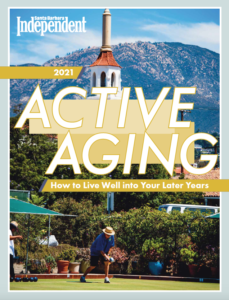 Originally published in The Santa Barbara Independent on August 12, 2021. Cover photo by Erick Madrid. To read this special section as it originally appeared in print, click here.
Originally published in The Santa Barbara Independent on August 12, 2021. Cover photo by Erick Madrid. To read this special section as it originally appeared in print, click here.

